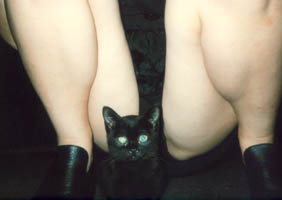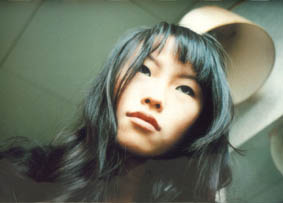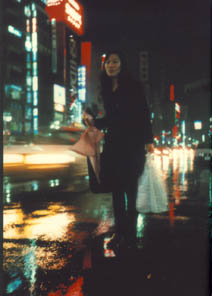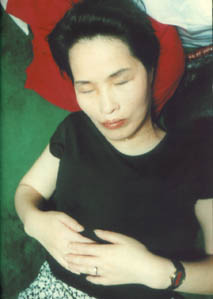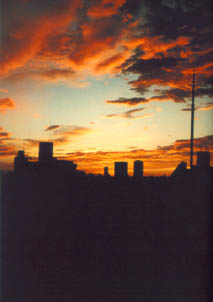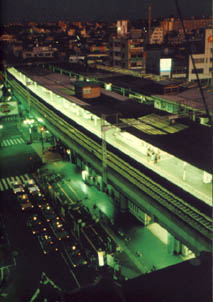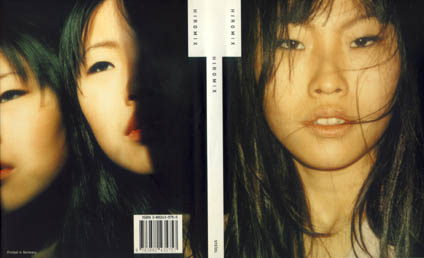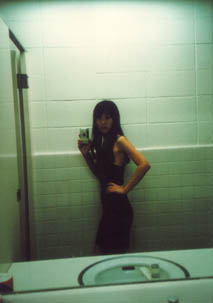 |
Hiromix is a young Japanese photographer born in Tokyo in 1976. She has already published three photo books: "Girls Blue" (Rockin' on, inc., 1996), “Japanese Beauty” (Magazine House, 1997) and “Hiromix” (Steidl Publishers, 1998). Almost a star in her country, Hiromix (her real name is Toshikawa Hiromi) has acquired recognition after Nobuyoshi Araki nominated her as the winner of a photo contest to which she participated with a 36-page photo book made of color copies of regular prints. The small book title was "Seventeen Girl Days" and it belonged to the tradition of photo diary (a popular genre in Japan as the story of Araki himself can tell) with the unexpected vision of a 17 y.o. high school girl into the girl's everyday life made of pets, records, posters, flowers, friends, and self portraits. |
